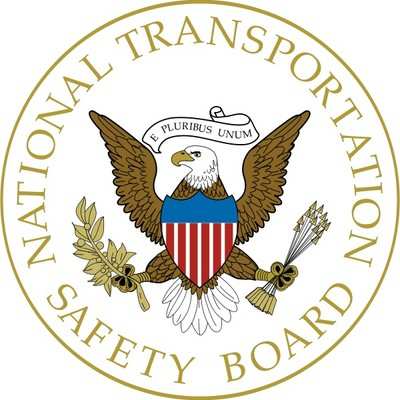Sun, Oct 08, 2023
Pilot’s Failure To Maintain Directional Control During The Landing
Location: Cornelia, Georgia Accident Number: ERA22LA079
Date & Time: November 29, 2021, 14:47 Local Registration: N172MA
Aircraft: Piper PA46 Aircraft Damage: Substantial
Defining Event: Loss of control on ground Injuries: 3 Minor
Flight Conducted Under: Part 91: General aviation - Personal

Analysis: The pilot of the single-engine turboprop airplane stated that he flew a straight-in visual approach to the 5,500 ft-long asphalt runway. He added that the airplane was on a correct glidepath and correct airspeed of 120 knots on short final approach. The main landing gear touched down first during the landing, followed by the nose landing gear. As soon as the nosewheel touched down, the airplane pulled to the left. The pilot corrected with right rudder input, but the airplane pulled again to the left and the pilot again applied right rudder. The pilot relaxed right rudder pressure a second time and the airplane again pulled aggressively to the left. He set the throttle to beta, applied both brakes, and right rudder, but the airplane departed the left side of the runway about halfway down the runway. The wind was recorded as calm at the time of the accident.
The runway had a displaced threshold of 1,392 ft; skid marks on the runway (consisting of the nose gear tire and right main gear tire) indicated that the airplane touched down about halfway down the remaining 4,108 ft of the runway. The lack of skid marks for the left main landing gear tire was consistent with the airplane touching down in a left crab angle. As the skid marks neared the left edge of the runway, a skid mark corresponding to the left main landing gear tire became visible, and all three tire marks were visible in the grass off the left side of the runway.
Examination of the wreckage did not reveal any preimpact mechanical malfunctions. Given all available information, it is likely that the airplane was in a crab to the left when it touched down, which resulted in the subsequent loss of directional control and runway excursion.
Probable Cause and Findings: The National Transportation Safety Board determines the probable cause(s) of this accident to be -- The pilot’s failure to maintain directional control during the landing, which resulted in a runway excursion and collision with terrain.
More News
Sikorsky UH-60 Black Hawk Helicopter Collided With An Unregistered DJI Mavic 3T Unmanned Aerial Vehicle On July 7, 2025, about 1557 central daylight time, an unregistered Sikorsky >[...]
“After considering the measures taken, minimum liquidity covenants in the Company's current debt obligations and cash flows to maintain current operational obligations requir>[...]
Ground Clutter A pattern produced on the radar scope by ground returns which may degrade other radar returns in the affected area. The effect of ground clutter is minimized by the >[...]
Aero Linx: Warbirds of America The EAA Warbirds of America, a division of the Experimental Aircraft Association in Oshkosh, Wisconsin, is a family of owners, pilots and enthusiasts>[...]
Also: Louisville UPS Crash Aftermath, Taiwan Boosts Pilot Pool, Spartan Acquires, DON’T MISS the MOSAIC Town Hall! This three-day Affordable Flying Expo brings together indoo>[...]
 NTSB Prelim: Sikorsky UH60 Sikorsky UH-60
NTSB Prelim: Sikorsky UH60 Sikorsky UH-60 Aero-News: Quote of the Day (11.13.25)
Aero-News: Quote of the Day (11.13.25) ANN's Daily Aero-Term (11.13.25): Ground Clutter
ANN's Daily Aero-Term (11.13.25): Ground Clutter ANN's Daily Aero-Linx (11.13.25)
ANN's Daily Aero-Linx (11.13.25) Airborne 11.07.25: Affordable Expo Starts!, Duffy Worries, Isaacman!
Airborne 11.07.25: Affordable Expo Starts!, Duffy Worries, Isaacman!



